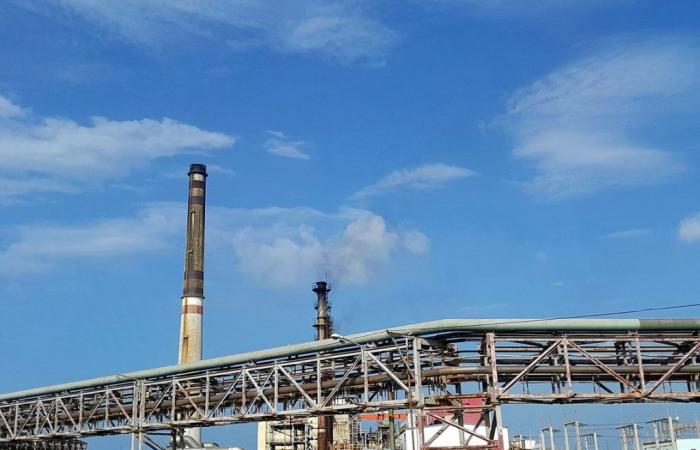Unit 1 of the Felton thermoelectric plant, in Holguín, came into operation this Saturday, after solving a boiler breakdown, and the blackouts decreased on the island.
Felton 1 had broken down three days ago, and just two weeks after a previous entry after almost a month of “controlled” maintenance.
Its return is very good news for the depressed Cuban electrical system, for which the 210 MW that that plant generated this morning is an unquestionable relief. Although not enough.
Even though this morning there were no power outages due to a generation deficit and, until midday, the supply was greater than the energy demand in the country, the effects will return at night.
That is the official forecast of the Electrical Union of Cuba (UNE), according to which the maximum impact in the peak hour this Sunday will be 326 MW, a figure significantly lower than that reported in recent days.
However, for this to happen, units 5 of the Mariel thermoelectric plants in Artemisa and Rente in Santiago de Cuba must enter the system, which this morning were still out of service due to breakdown and maintenance, respectively.
Both plants would provide 135 MW, to which another 34 MW must be added due to the planned entry of two engines from the Mariel lake.
In addition, they must begin to generate a group of distributed generation engines “that are awaiting maintenance and their use is authorized with 115 MW,” says the UNE.
Cuba: power plant maintenance was planned to have “bearable blackouts”
see more
Less fuel deficit
Another less unfavorable aspect on this Sunday is the fuel deficit.
According to the UNE, 24 distributed generation plants are out of service for this reason, a figure also lower than in recent weeks.
Thanks to this, only 98 MW will be affected by this concept, according to official forecasts.
For its part, the limitations on thermal generation are 339 WW.
Cuba has been suffering for several years from a chronic crisis with electricity generation, caused by the age of the generating plants and the difficult economic situation, which affects investments and necessary maintenance, as well as the import of fuel.
In this context, the UNE assures that it is working to ensure that the blackouts are not prolonged, and is executing a maintenance schedule for the long-standing Cuban thermoelectric plants with the aim of reaching July and August “in better conditions.”
As explained to Granma recently Julio González Céspedes, director of Maintenance of that entity, in those summer months, Cuban thermoelectric plants must contribute an average of 1,200 MW to the system, a figure 100 MW higher than that reached on the same date last year, but much lower than the 1993 MW of installed power.






